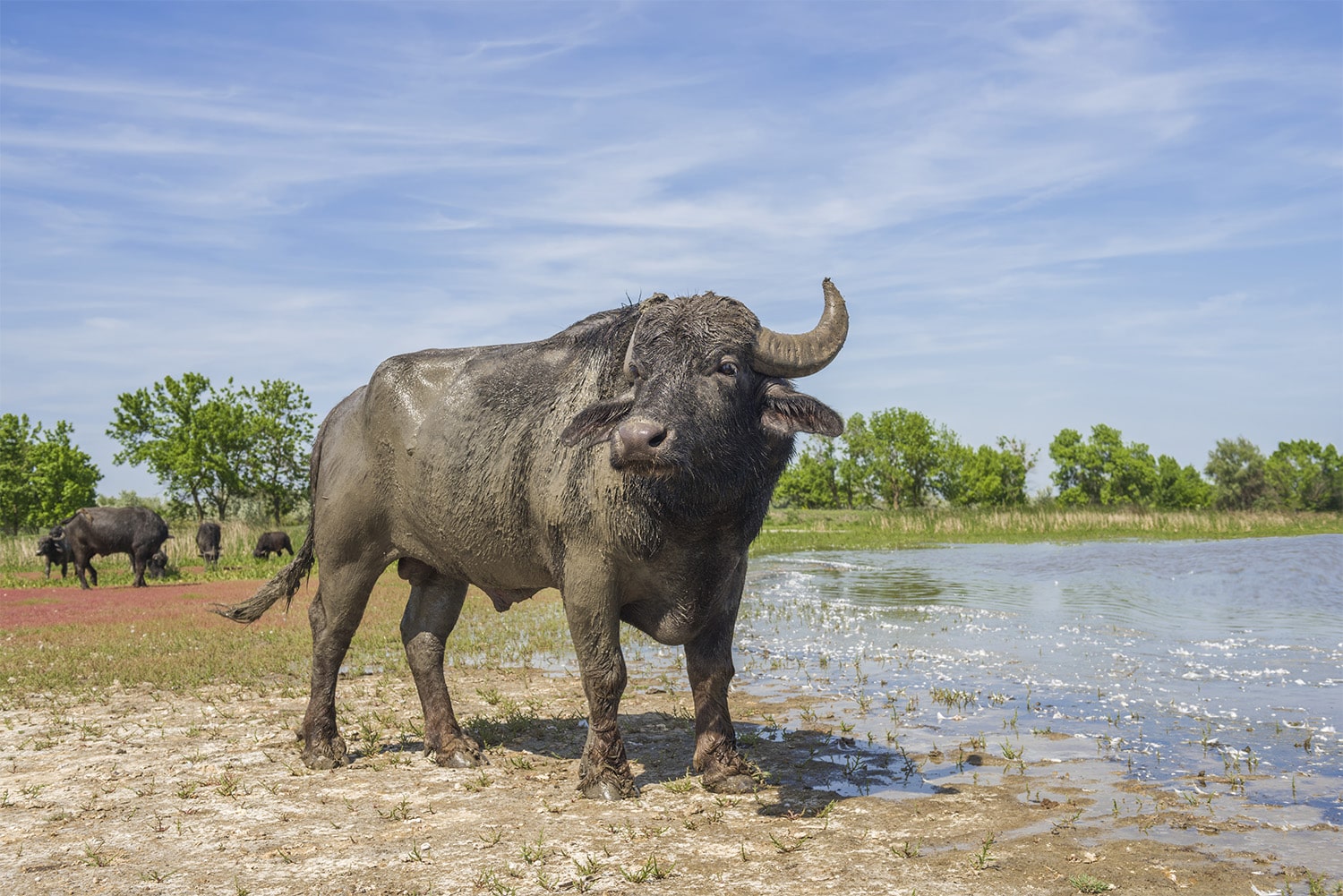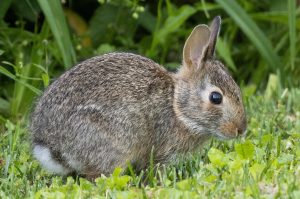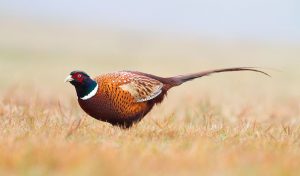
32 interesting facts about water buffalo
- 👁️ 1313
Water buffalo, an integral part of rural life in many parts of Asia, have been domesticated for thousands of years. Known for their strength and versatility, these majestic animals play a crucial role in agriculture and are revered in several cultures. Besides being used for tilling fields and transporting goods, water buffalo are also a source of nutritious milk, meat, and leather. Despite their importance to human society, many aspects of their biology and their contributions to ecosystems are not widely known. Let’s explore some interesting and informative facts about water buffalo that highlight their significance, unique characteristics, and the ways in which they interact with their environment.
- There are two main types of water buffalo: the domestic water buffalo (Bubalus bubalis) and the wild water buffalo (Bubalus arnee), which is endangered.
- Domestic water buffalo are further classified into two types: the River buffalo and the Swamp buffalo.
- Water buffalo were domesticated more than 5,000 years ago in the regions of the Indian subcontinent and China.
- The global population of domestic water buffalo is over 200 million, with the majority found in Asia.
- Wild water buffalo are heavier and larger than their domestic counterparts, with males weighing up to 1,200 kilograms (2,600 pounds).
- Water buffalo play a significant role in rice cultivation, as they are used to plow fields in many Asian countries.
- They are highly adapted to aquatic environments, with wide, splayed hooves that prevent them from sinking into muddy waters.
- Water buffalo milk contains higher fat content than cow milk, making it ideal for producing rich dairy products such as mozzarella cheese.
- These animals have a lifespan of up to 25-30 years in captivity, though their life expectancy in the wild is generally shorter due to predation and habitat loss.
- Water buffalo are social animals that live in herds led by a dominant female.
- They are excellent swimmers and spend a significant amount of time submerged in water to cool off and avoid insects.
- The gestation period for a water buffalo is about 10 to 11 months, with females usually giving birth to a single calf.
- Water buffalo are known for their docile temperament but can become aggressive if threatened or protecting their young.
- Their large curved horns, which can span over 2 meters (6.6 feet) in some individuals, are used for defense and to establish dominance within the herd.
- The dung of water buffalo is used as a fertilizer in fields and, when dried, as a fuel source in some rural areas.
- Unlike most other livestock, water buffalo are less prone to diseases like foot-and-mouth disease, making them valuable assets in agriculture.
- In addition to agriculture, water buffalo are used in some countries for traditional sports, including buffalo racing and fighting.
- The skin of water buffalo is thicker and tougher than that of cows, making it highly valued for producing durable leather goods.
- Water buffalo contribute to the biodiversity of their habitats by creating wallows that become microhabitats for various aquatic plants and animals.
- They are herbivores, feeding primarily on grasses, herbs, aquatic plants, and crops.
- In many cultures, water buffalo are considered symbols of strength, patience, and perseverance.
- The water buffalo is the national animal of the Philippines, where it is known as the “carabao.”
- Their ability to work in wet, marshy lands where machinery cannot operate makes water buffalo extremely important for small-scale farmers.
- The first cloned water buffalo was born in 2009 in India, marking a significant achievement in the field of genetic research.
- The IUCN Red List classifies the wild water buffalo as endangered, with habitat loss, poaching, and interbreeding with domestic buffalo as major threats to their survival.
- In Vietnam, water buffalo are often involved in ceremonial and religious events, reflecting their cultural importance.
- Their wallowing behavior helps in controlling the growth of aquatic weeds, indirectly supporting fish populations in shared water bodies.
- Water buffalo have a keen sense of smell, which they use to communicate and navigate their environment.
- They have been introduced to other parts of the world, including Europe, Australia, and the Americas, primarily for dairy and meat production.
- The horns of water buffalo are also used in traditional medicine and as decorative items in some cultures.
- Despite their size, water buffalo have relatively small carbon footprints compared to other livestock due to their efficient digestion and sustainable farming practices associated with them.
- Conservation efforts for the wild water buffalo include habitat protection, anti-poaching measures, and breeding programs to maintain genetic diversity.
Water buffalo are remarkable creatures that provide invaluable support to human agriculture and contribute significantly to the ecology of their habitats. Their domestication has not only facilitated farming practices but also enriched cultural traditions across the globe. As efforts continue to protect the endangered wild water buffalo, it is crucial to recognize their role in biodiversity and the importance of sustainable coexistence with these gentle giants. Their enduring presence in human history and agriculture is a testament to their adaptability, importance, and the mutual benefits of our longstanding relationship.











